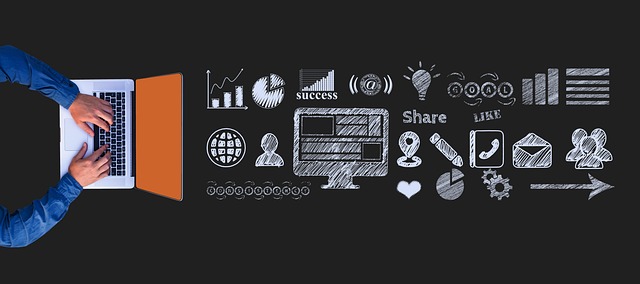In today's digital era, the demand for fresh and sustainable seafood drives the need for innovative solutions. AI seafood freshness monitoring systems offer a game-changing automated approach using computer vision and machine learning to predict shelf life with high accuracy. These systems enhance food safety, enable data-driven inventory management, and foster customer trust. Effective systems rely on advanced sensors and machine learning algorithms for real-time tracking of critical parameters like temperature, humidity, and oxygen levels. Integration with inventory management systems ensures transparent traceability and swift addressing of quality control issues. AI in seafood quality control has the potential to revolutionize global supply chains by enhancing traceability, supporting sustainable fishing practices, and optimizing inventory management through demand prediction.
“The demand for sustainable and fresh seafood drives the need for innovative solutions. Enter AI seafood freshness monitoring systems, revolutionizing the industry with advanced tracking technologies. This article explores the growing importance of these systems in ensuring the quality and provenance of seafood.
We’ll delve into the key components that make up effective AI-driven fresh catch tracking, from data collection to predictive analytics. Additionally, we’ll uncover the benefits and future implications, highlighting how AI is transforming seafood industry standards.”
- Understanding the Need for AI Seafood Freshness Monitoring
- Key Components of an Effective AI Seafood Fresh Catch Tracking System
- Benefits and Future Implications of AI in Seafood Industry Quality Control
Understanding the Need for AI Seafood Freshness Monitoring

In today’s digital era, the demand for fresh and sustainable seafood is at an all-time high, driving the need for innovative solutions to ensure its quality and traceability. Traditional methods of monitoring seafood freshness are often manual and time-consuming, making it challenging for restaurants to maintain consistent standards. This is where AI seafood freshness monitoring systems step in as game changers. By leveraging advanced technologies like computer vision and machine learning algorithms, these systems offer a comprehensive and automated approach to tracking “fresh catch.”
AI can analyze visual cues, such as color, texture, and odor, to predict the shelf life of seafood with impressive accuracy. This not only enhances food safety but also empowers restaurants to make data-driven decisions regarding inventory management and sourcing. By integrating AI seafood freshness monitoring into their operations, establishments can ensure that customers receive the freshest, highest-quality seafood possible, fostering a positive dining experience and building trust in their brand.
Key Components of an Effective AI Seafood Fresh Catch Tracking System

An effective AI seafood freshness monitoring system relies on several key components to ensure optimal tracking and quality control throughout the supply chain. Firstly, robust sensors are integral, capable of accurately measuring various parameters such as temperature, humidity, and oxygen levels in real-time. These sensors play a pivotal role in detecting any deviations from ideal conditions that could compromise seafood freshness. Advanced machine learning algorithms then process the data collected by these sensors, enabling predictive analyses and intelligent decision-making.
Additionally, seamless integration with existing inventory management systems is crucial for efficient tracking. This includes automated updates on catch details, such as origin, type, and quantity, which can be linked to specific lot numbers or batch IDs. Such integrations facilitate transparent traceability, allowing restaurants to pinpoint the source of their seafood and quickly identify any issues should a recall or quality control measure be necessary.
Benefits and Future Implications of AI in Seafood Industry Quality Control

The implementation of AI in seafood industry quality control, through advanced AI seafood freshness monitoring systems, brings about significant advantages. These systems can analyze various data points such as temperature, humidity, and time to provide real-time insights into the condition of fresh catch. This enables efficient tracking from source to table, ensuring that seafood maintains its premium quality. By leveraging machine learning algorithms, these systems can predict spoilage and identify anomalies, allowing for proactive measures to prevent food waste and maintain consumer safety.
Looking ahead, AI has the potential to revolutionize seafood supply chains worldwide. Future implications include enhanced traceability, enabling restaurants and consumers to trace the origin of each seafood item. This transparency fosters trust and supports sustainable fishing practices. Moreover, AI can optimize inventory management, predicting demand and reducing excess stock, which translates to cost savings and minimized environmental impact. These advancements promise a more efficient, transparent, and sustainable seafood industry.
AI seafood freshness monitoring systems offer a revolutionary approach to ensuring the quality and sustainability of our marine harvest. By leveraging advanced technology, these systems provide real-time data on catch origin, storage conditions, and shelf life, empowering restaurants to make informed decisions and deliver fresh, sustainable seafood to their customers. As the AI revolution continues to transform industries worldwide, its impact on the seafood sector promises not only enhanced food safety but also a more sustainable future for our oceans.
